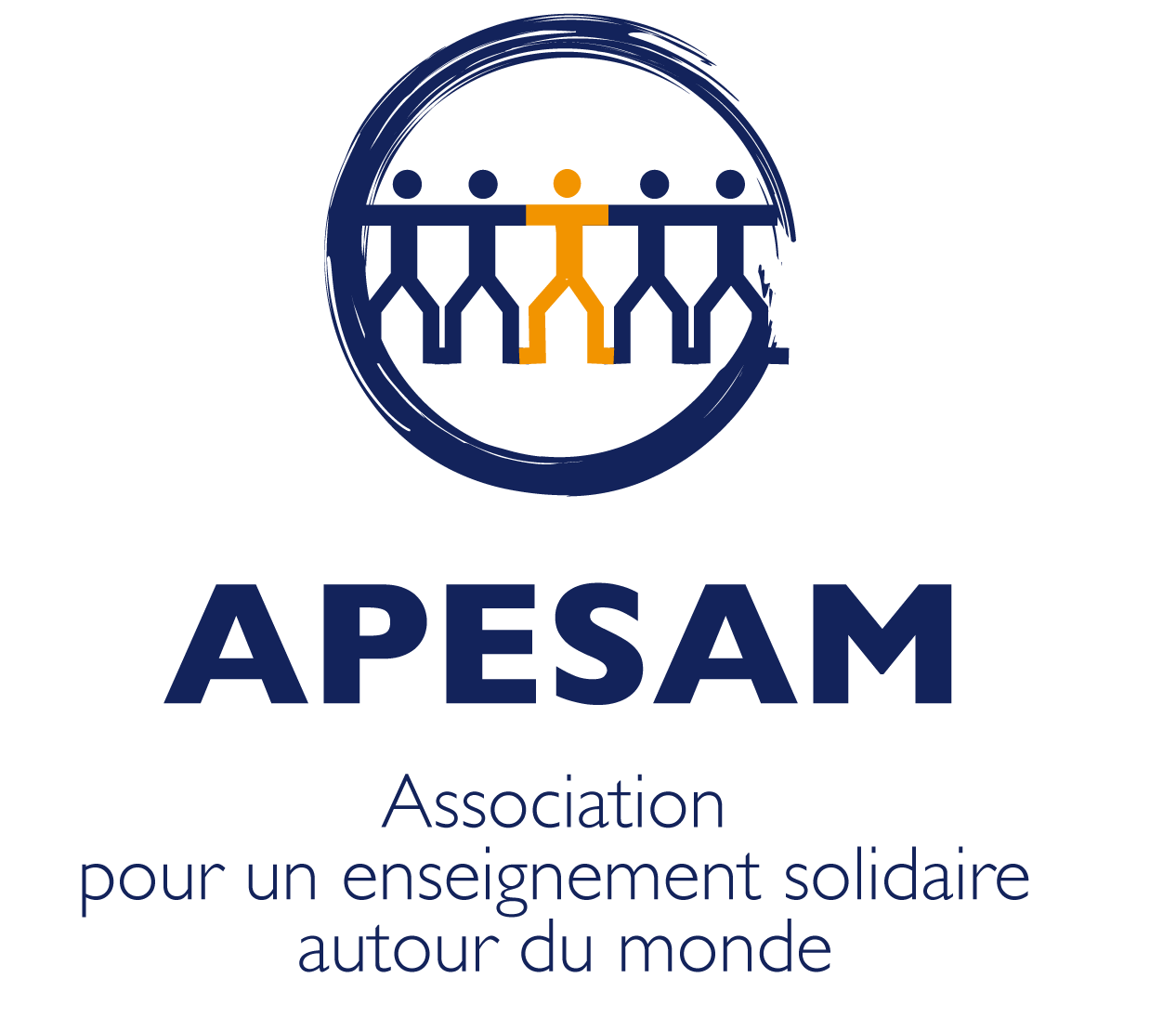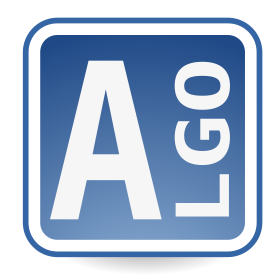
Using an algorithmic language in French and a simple, ergonomic graphical user interface, this software makes it easy to design and test algorithms encountered in high school mathematics teaching.
Algorithm source code is built up step-by-step using ready-to-use commands (read, display, assign, if...then statement, loops for...from...to and as long as...): this allows the beginner to concentrate primarily on algorithmic logic rather than on learning complex syntax. Once the algorithm has been worked out, it can easily be run to check its validity.
To enable you to approach a wide range of mathematical situations, Algobox includes an editor in the form of a hierarchical tree, where most commands are entered by pressing the buttons on the graphical interface corresponding to the basic algorithmic structures. But raw code editing is also possible in a classic text editor (included with the program), without going through the ready-to-use commands.
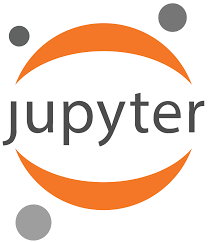
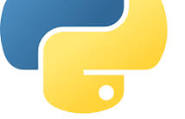 Jupyter is a web application used to program in over 40 programming languages, including Python, Julia, Ruby, R, and Scala[2]. It is a community project whose aim is to develop free software, open formats and services for interactive computing. Jupyter enables the creation of notebooks, i.e. programs containing both text - simple or typographically and semantically enriched thanks to the simplified Markdown tag language - and code, source lines and execution results. These notebooks are used in data science to explore and analyze data.
Jupyter is a web application used to program in over 40 programming languages, including Python, Julia, Ruby, R, and Scala[2]. It is a community project whose aim is to develop free software, open formats and services for interactive computing. Jupyter enables the creation of notebooks, i.e. programs containing both text - simple or typographically and semantically enriched thanks to the simplified Markdown tag language - and code, source lines and execution results. These notebooks are used in data science to explore and analyze data.
This is the tool offered on this key for Python programming.
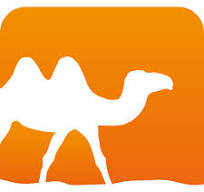 OCaml, formerly known asObjective Caml, is the most advanced implementation of the Caml programming language, part of the ML language family, is an open source project run and maintained mainly by Inria.
OCaml, formerly known asObjective Caml, is the most advanced implementation of the Caml programming language, part of the ML language family, is an open source project run and maintained mainly by Inria.
Caml is an functional language enhanced with features for imperative programming. OCaml extends the language's possibilities by enabling object-oriented programming and modular programming.
It integrates these various concepts into a type system inherited from ML, characterized by static, strong and inferred typing.
The type system makes it easy to handle complex data structures: you can easily represent algebraic types, i.e. hierarchical and potentially recursive types (lists, trees...), and manipulate them using pattern matching.
OCaml's strong typing and lack of explicit memory manipulation ( garbage collector ) make it a very safe language.
It's a powerful language for teaching and is often used to teach programming.
The editor used on the key by clicking on the menu icon is EMACS
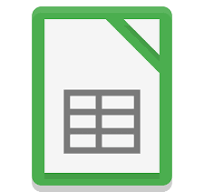
LibreOffice Calc is the spreadsheet program in the LibreOffice open-source office suite. It offers a similar interface to Microsoft Excel, for easy creation and modification of spreadsheets via an interactive editor. s and perform operations automatically.
The software is organized into cells that form a double-entry table. LibreOffice Calc offers a wide range of functions for managing columns, rows, backgrounds, borders and more. You can also create matrices, graphs, pivot tables and macros.
With LibreOffice Calc, you can use formulas (equations that use numbers, text and variables to obtain a result) to simplify and automate calculations.
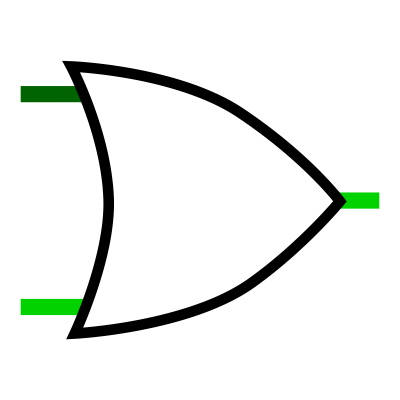
Intuitive and with a simple toolbar interface, Logisim is used to design and simulate processors for educational purposes. The software lets you design circuits and observe their simulation at each stage of construction. It also offers the possibility of building larger circuits from small sub-circuits.
Logisim is written in Java.
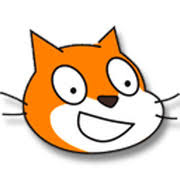
Scratch is a graphical programming language[6] for educational purposes, manipulable and executable by software of the same name.
Scratch lets you modify program code as it runs. Scratch is a multimedia program designed to teach children and beginners about the world of computing, based on the manipulation of objects. Scratch works through a visual editor, with all code written directly in the user's native language (over 70 languages are available) in the form of colored bricks (e.g. controls in yellow, variables in orange, movements in blue). Basic programming concepts such as loops, conditions, tests and variable assignments can be implemented visually.
Scratch's cat, named Scratch-Cat, is the site's mascot and the default sprite found in every project when it's created. It also has a characteristic meow that is integrated into the default sprite sounds of newly created projects.

Scilab is a free, open-source, multi-platform numerical computation software package that provides a computational environment for scientific applications.
It features a high-level numerical computation-oriented programming language. It can be used for matrix calculation and all areas of scientific computing such as signal processing, statistical analysis, image processing, simulation, optimization and modeling. It's also a tool for learning programming.
It is available for Windows, MacOS and GNU/Linux.
Scilab's syntax and capabilities are similar to those of Matlab, but the two languages are not compatible.
APESAM offers two user files:
- a start-up file with explanations for first-time use :
- A file of examples of common mathematical algorithms (undergraduate/bachelor level) with links to the associated scilab files. :
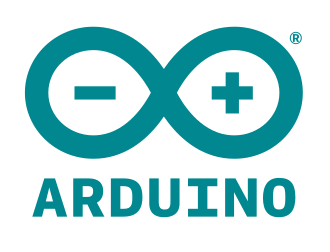
The schematics of these electronic boards are published under a free license. However, some components, such as the microcontroller, are not.
The microcontroller can be programmed to analyze and produce electrical signals, so as to perform a wide variety of tasks, such as home automation (control of domestic appliances - lighting, heating, etc.), robot control, on-board computing, and so on.
A platform based on a simple input/output interface
 Zeal is an offline documentation tool.
Zeal is an offline documentation tool.
It allows you to consolidate a wide range of offline documentation on the key.
It allows keyword searching of all the documentation installed in its database, making it a powerful tool.
For several of the software documentations on the key, we were unable to integrate the versions translated by DeepL directly into the software. They are therefore grouped together on Zeal.
Launch Zeal to access documentation for : Arduino, Dozzaqueud, C, jupyter,LaTex, MatPlotLib, Numpy, Ocaml, Python 3, Rstudio, Sage, Scipy...
